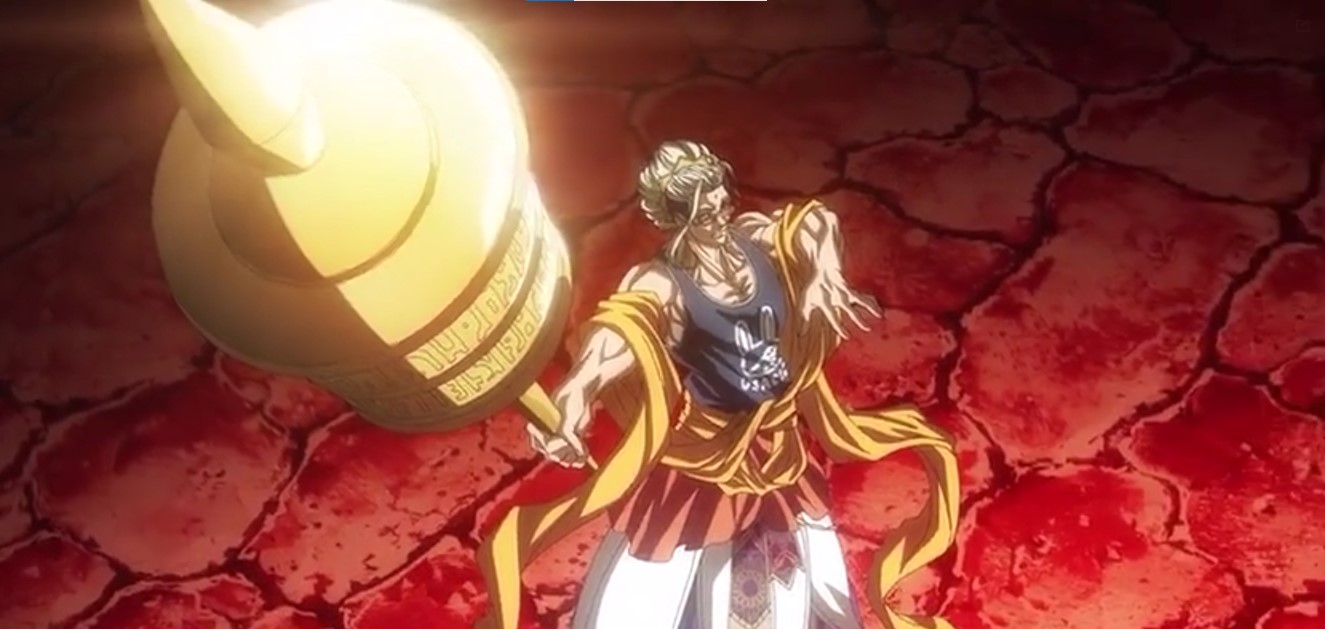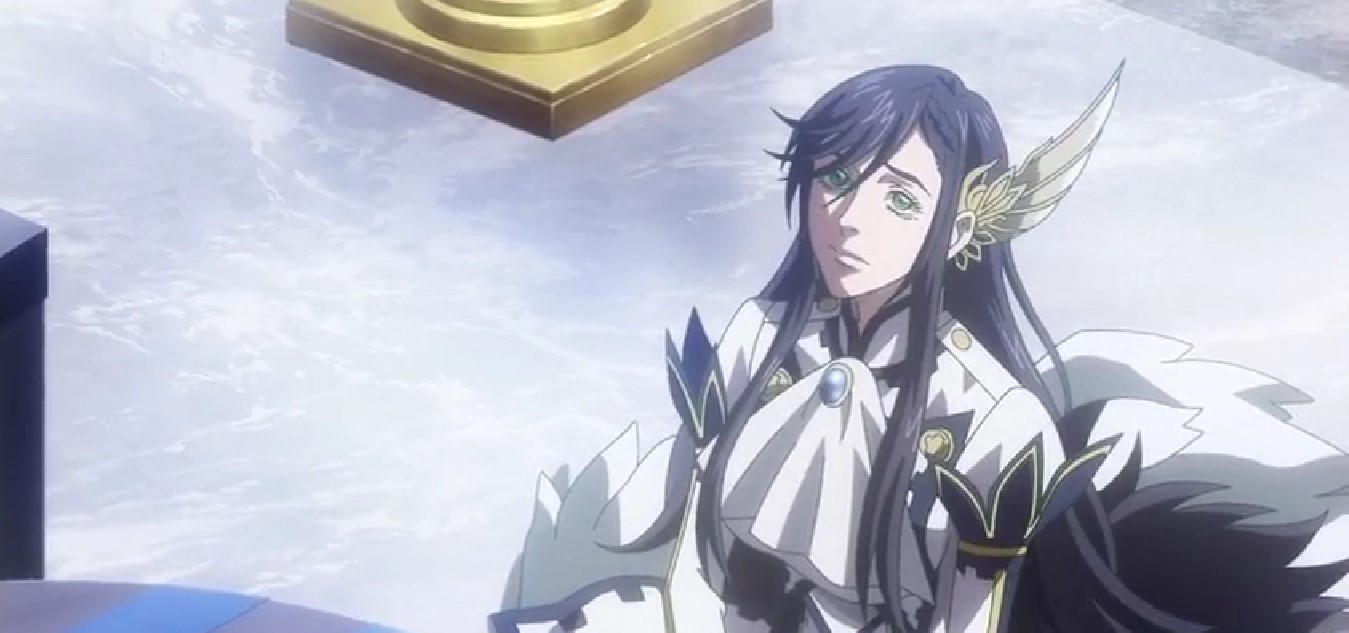The Mid- and post-credits scenes are an important narrative tool to denote that the story will continue. In shows and films belonging to a franchise, a mid- or post-credits scene offers hints about what is to come in the next installment to keep the audience hooked to the story. Sometimes it’s pure fanservice from the filmmakers or show creators. A few times, it’s simply a fun addition and has the barest connection with the overall plot. In the case of the Netflix ONA ‘Record of Ragnarok’ season 2, it’s the first type. The post-credits scene indicates what is to come in the second part of the second season, which is set to release later in 2023. Here is everything you need to know about it. SPOILERS AHEAD.
What is the Meaning of the Record of Ragnarok Season 2 Post Credits Scene?
In ‘Record of Ragnarok,’ various gods and champions of humanity fight each other to determine whether humanity should be eradicated. 13 matches are to be held in total; the side with the most wins will be declared the victor of the Ragnarok. By the end of the first season, the gods have scored two wins, while the humans have registered one victory. In season 2, Hercules or Heracles, the man who became god, fights Jack the Ripper, the notorious English serial killer from the 19th century, in the fourth bout, and Raiden Tameemon, the great Sumo wrestler or rikishi, brawls with Shiva in the fifth fight, with Jack and Shiva winning their respective bouts.
After Shiva’s win, Zeus speaks to Buddha, telling him that even though his plans were for the Eastern deity to fight in a later bout, he now wants him to fight next. Buddha, seemingly moody and rebellious as always, initially ignores him. However, he eventually agrees to fight in the next bout.

The post-credits scene takes place at the arena. It begins with Heimdall mentioning that the current score states that the gods have three wins and the humans two. He announces that the next divine fighter is the one who led humanity away from carnal desires. The Norse deity notes the irony in the fact that Buddha must now attribute to humanity’s demise. The gates open, and Buddha appears with his oversized prayer wheel called Six Realms Staff in hand. Once at the center of the arena, he slowly walks to the other side of Heimdall, denoting that he will fight for the humans. He grabs Heimdall’s horn and declares that if the gods will not protect the humans, he will, adding that if any god tries to stop him, he will kill them.
The scene ends there, setting up the next bout, which, in the original manga the anime is based on, is initially between Buddha and Bishamonten, the Shinto god of war and battles and one of the Seven Lucky Gods. Later, Bishamonten merges with the rest of the Lucky Gods and becomes Zerofuku. The fight is eventually interrupted when two dragons devour Zerofuku, leading to the emergence of the demon Hajun.
Loki is one of the few gods who suspected that Buddha was the traitor among them before the sixth match. Perhaps Zeus was also suspicious about Buddha’s loyalty, especially with how restless he seemed. Buddha is the one who told Brunhilde about Samavadhāna or common destiny after she approached him to ask questions on the subject. She then used the concept to create the Völundr bond between the Einherjar or human fighters and Valkyries such as herself. Buddha, like Hercules, doesn’t want humanity to be destroyed. But unlike the Greek demigod, he switches sides and fights for the humans.


You must be logged in to post a comment.